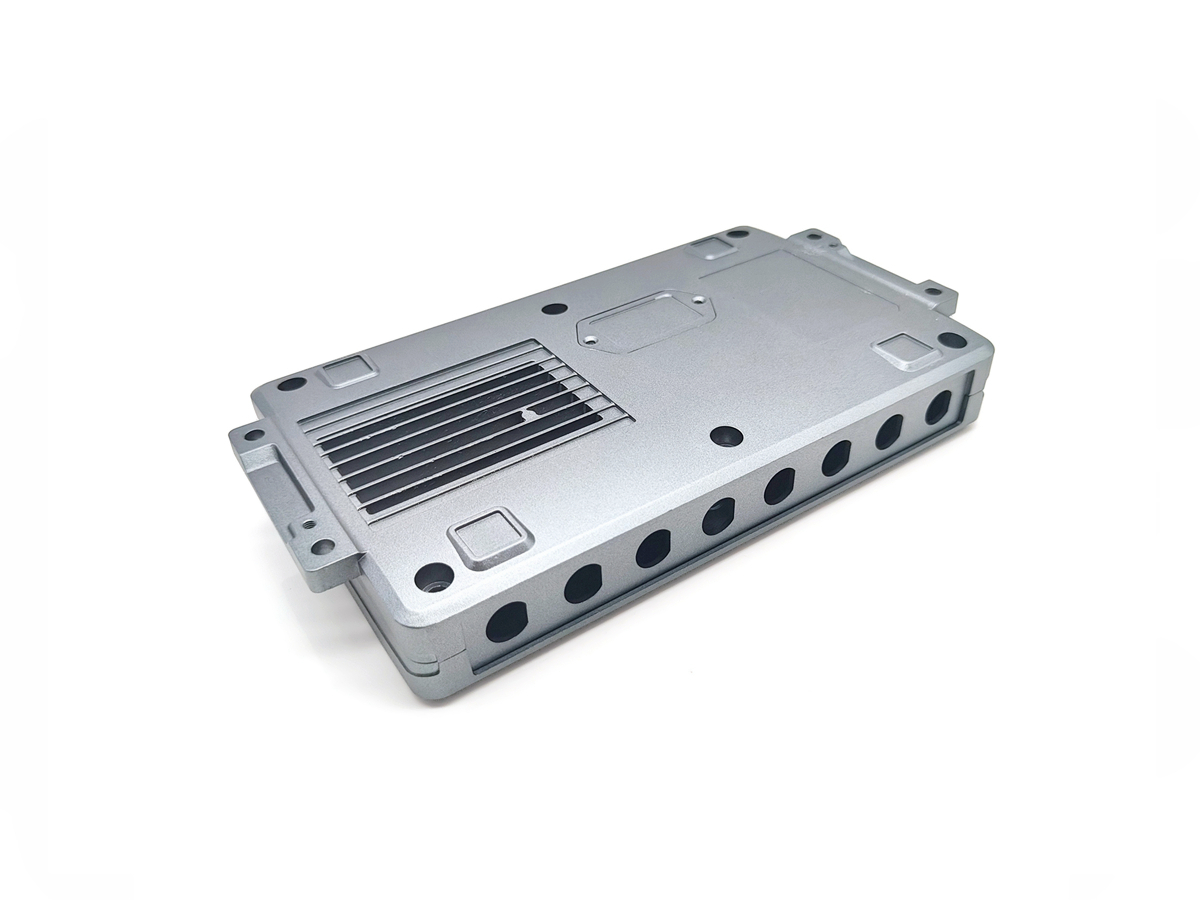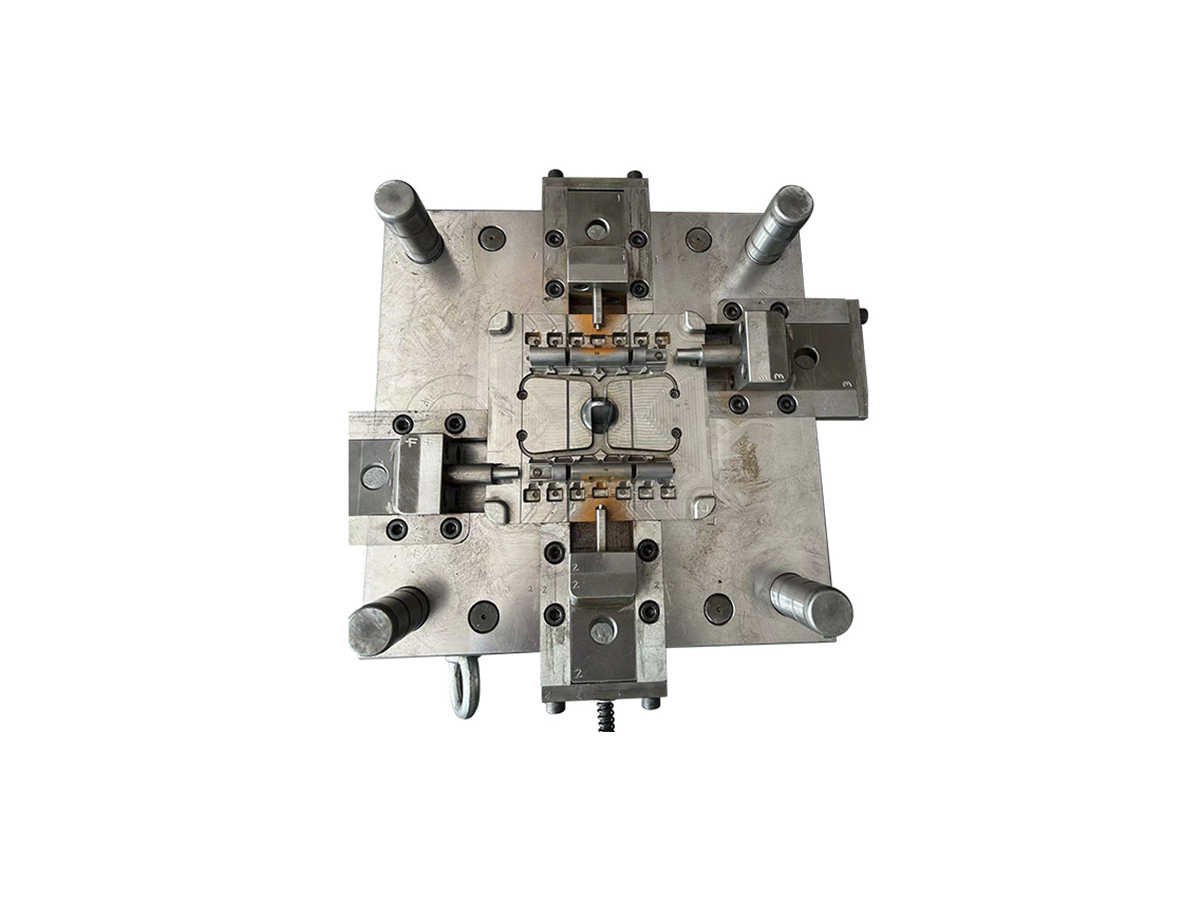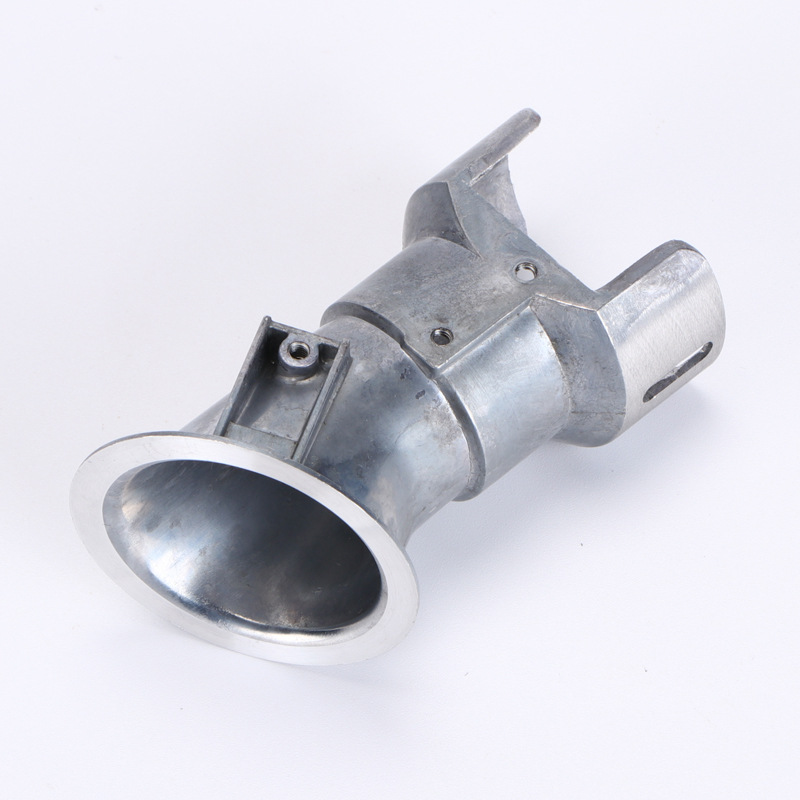D2 Steel
Introduction to D2 Steel
D2 is a high-carbon, high-chromium cold-work tool steel offering exceptional wear resistance, compressive strength, and dimensional stability. Its rich alloy composition enables long die life under high-cycle, high-abrasion conditions. It is ideal for blanking dies, trimming tools, and inserts used in aluminum and zinc die casting.
At Neway Die Casting, D2 is selected for tooling components exposed to intense wear, ensuring consistent edge retention, minimal deformation, and reduced downtime across high-volume production environments.
D2 Steel Chemical Composition (Typical, per ASTM A681)
Element | Weight % | Function |
|---|---|---|
Chromium (Cr) | 11.0–13.0 | Primary contributor to wear and corrosion resistance |
Carbon (C) | 1.40–1.60 | Provides high hardness and compressive strength |
Molybdenum (Mo) | 0.7–1.2 | Enhances secondary hardening and toughness |
Vanadium (V) | 0.1–0.3 | Improves wear resistance and grain refinement |
Manganese (Mn) | 0.2–0.6 | Enhances hardenability |
Silicon (Si) | 0.1–0.6 | Improves temper resistance |
Iron (Fe) | Balance | Base matrix |
The high chromium content enables secondary hardening and provides resistance to softening during tempering, even at elevated temperatures.
Physical Properties of D2 Tool Steel
Property | Value & Unit |
|---|---|
Density | ~7.7 g/cm³ |
Thermal Conductivity | 20–22 W/m·K |
Specific Heat Capacity | ~460 J/kg·K |
Coefficient of Thermal Expansion | 10.5–11.2 µm/m·°C |
Electrical Resistivity | ~0.6 µΩ·m |
Decarb-Free Depth (hardened) | ≥ 2 mm |
These properties support dimensional stability in post-heat treatment operations, even with fine-featured components.
Mechanical Properties (Heat Treated to 58–62 HRC)
Property | Typical Value & Unit |
|---|---|
Tensile Strength | 1900–2100 MPa |
Yield Strength | ~1600 MPa |
Hardness | 58–62 HRC |
Compressive Strength | >2300 MPa |
Impact Toughness (Charpy) | 10–20 J |
Modulus of Elasticity | ~210 GPa |
D2 achieves very high hardness and edge retention while maintaining structural integrity under high-pressure contact in die trims or punches.
Die Casting and Tooling Suitability
D2 is particularly suitable for:
Edge-forming inserts and trimming dies
Cutting punches for flash removal in zinc and aluminum die castings
Guide pins and wear strips for mass production tooling
Sliders and bushings operating under abrasive contact
Blanking or shearing dies where minimal wear is acceptable over long cycles
Its abrasion resistance makes it ideal for post-casting operations, especially in automated die trimming systems.
Common Applications
Thanks to its resistance to galling, abrasion, and high compressive stress, D2 is widely used in:
Die casting post-process stations for trimming and blanking
Fine edge punches and high-pressure inserts
Wear-resistant dowels, bushings, and fixture parts
Cold-forming and stamping dies
Injection mold gates exposed to high-fiber-fill polymers
Machining Challenges and Solutions
Due to its hardness and chromium content, D2 is more difficult to machine than A2 or P20:
Annealed condition (~225 HB) is optimal for rough machining
Requires high-rigidity setups and coated carbide tooling
Post-hardening operations include grinding and EDM only
At Neway, D2 is machined with:
CNC-controlled roughing and finishing in staged heat treatment
Wire EDM to ensure dimensional accuracy on hardened profiles
Final tolerances within ±0.01 mm and surface finish down to Ra 0.6 µm
Surface Treatment Compatibility
D2’s alloy matrix accepts multiple hardening and coating treatments:
Nitriding to add a tough surface layer without reducing core strength
PVD coatings (TiCN, AlTiN) to further resist galling and friction
Cryogenic treatment to stabilize martensitic structure and reduce retained austenite
These enhancements extend die life especially in automated or unattended die cutting environments.
FAQs
How does D2 steel compare to A2 and S7 in wear resistance and toughness?
What is the best heat treatment cycle to achieve full hardness in D2 tooling?
Can D2 be used for both die casting and plastic injection trimming?
How dimensionally stable is D2 after high-temperature tempering?
Is D2 suitable for EDM machining of small inserts?



